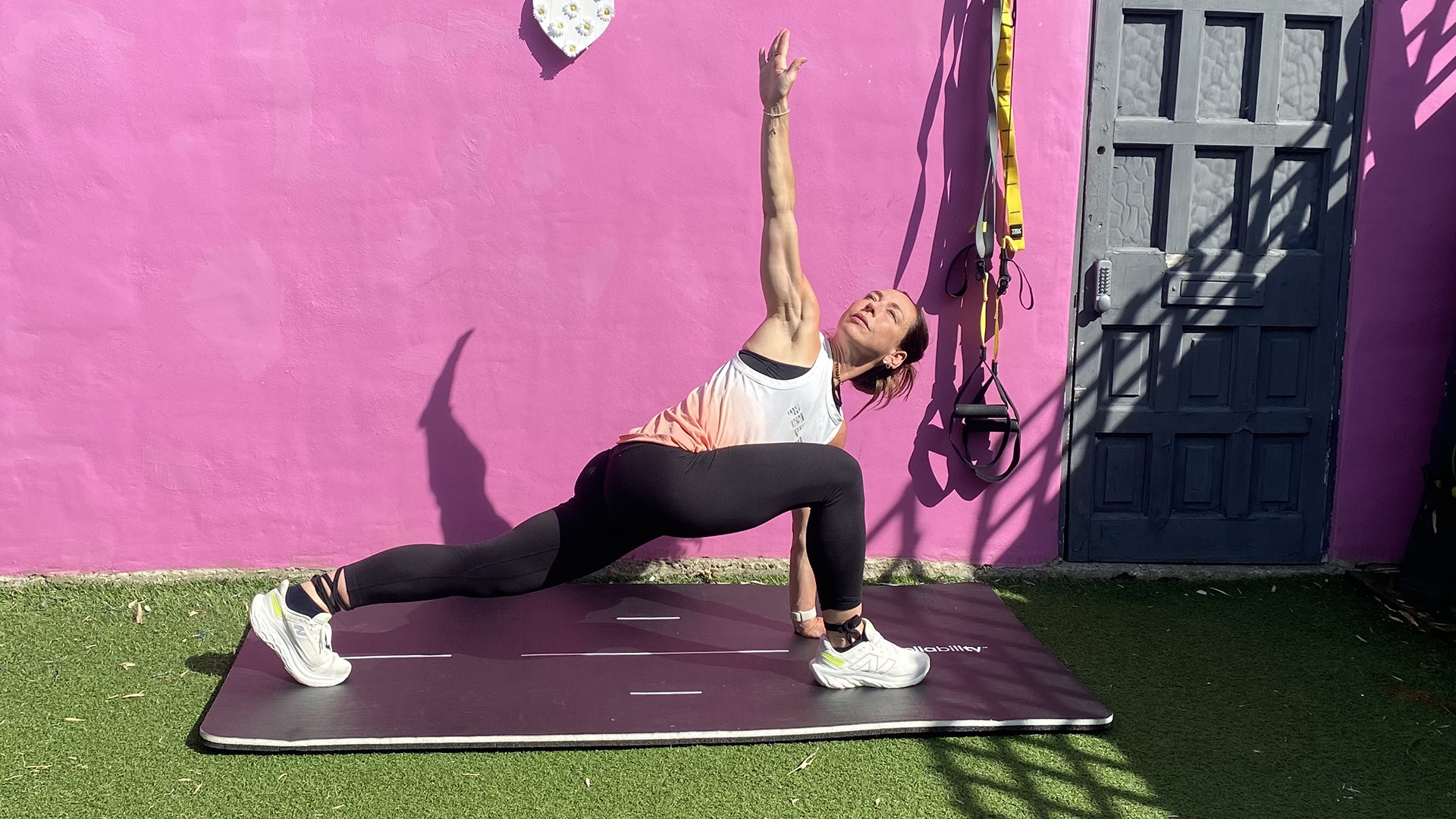
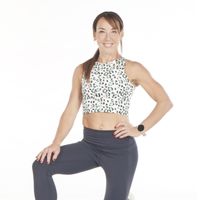
Mobility exercises are often dismissed by people who want to build muscle. After all, they aren't famous for packing on muscle, are they? However, there are a few surprisingly effective mobility moves that also pack on muscle – here's my favourite.
Mobility matters. As an ex-national gymnast, I have always been super agile - but as the saying goes - use it or lose it. And annoyingly, you lose it quickly. I love finding ways to keep up my fitness, whether it's doing Medicine Ball Woodchops or running 5k a day with a weighted vest.
Both men and women need to work on their mobility, even if just a few minutes before your session starts. There’s very little point in carving out a beach body if your muscles are out of alignment and that one wrong move puts you out of action for a week.
Here are just a few reasons why you need to think about incorporating some mobility exercises into your repertoire.
The benefits of mobility for building muscle
Unlike traditional static stretches that focus solely on lengthening muscles, mobility exercises are active movements that see you move joints dynamically through a range of motion.
They’re designed to help prime the nervous system so you can recruit the high-threshold motor units, which, to you and me, are the strongest groups of muscle fibres involved in developing strength, power, and muscle building.
According to researchers, mobility and dynamic stretching can also promote proper alignment, which therefore improves your posture and any muscular imbalances in the body that can result in movement restrictions and, therefore, contribute to injury and pain.
Get all the latest news, reviews, deals and buying guides on gorgeous tech, home and active products from the T3 experts
It makes sense; better flexibility means that you’re able to get into better positions where your muscles are recruiting more efficiently - and therefore, you’re able to lift more and work harder.
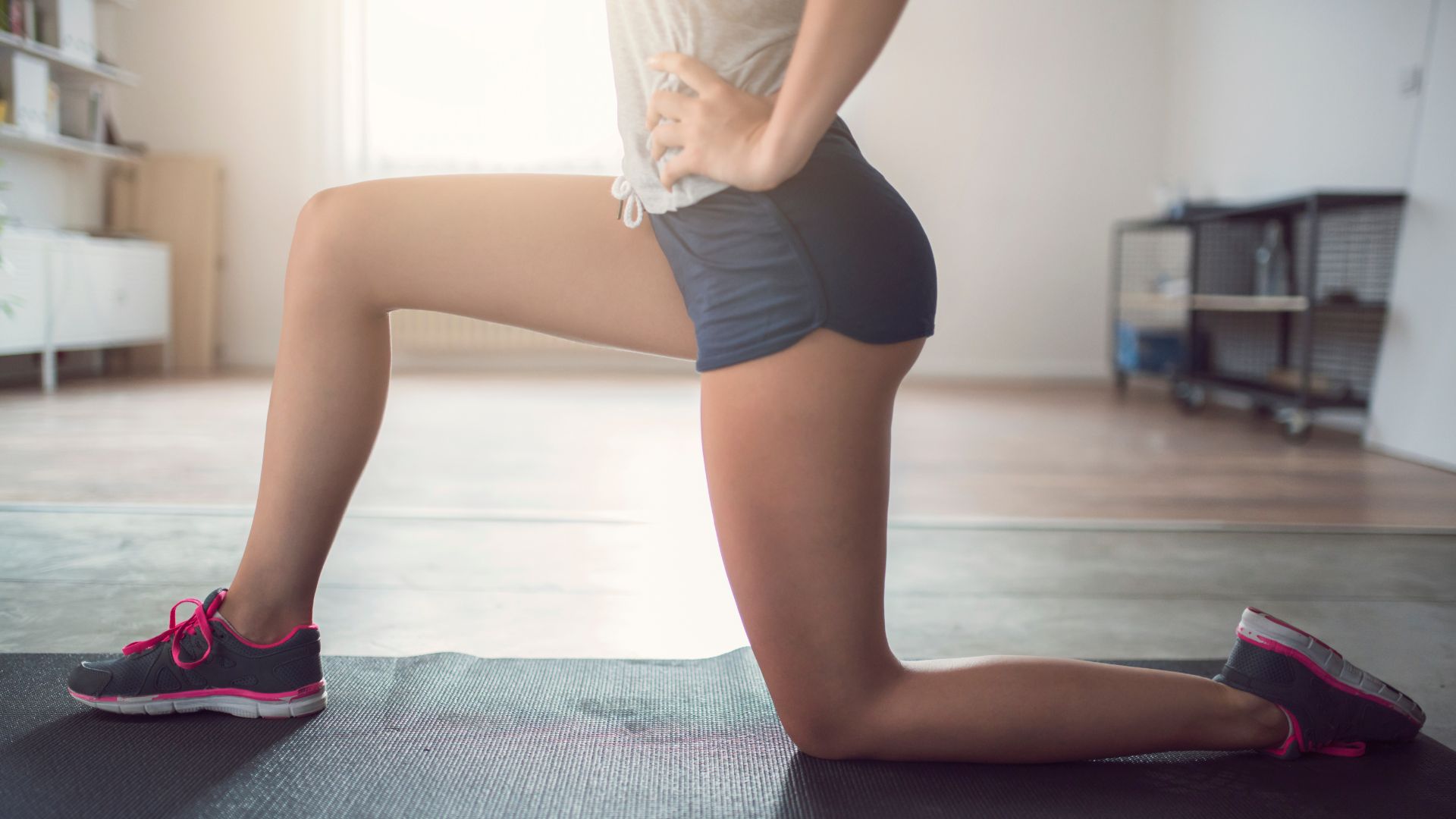
The benefits of mobility for improving performance
It may sound obvious, but mobility exercises also help increase blood flow and muscle temperature. This contributes to improved exercise performance and reduced risk of injury; if you’ve ever walked into the gym cold and tried to lift heavy, you’ll know that your body won’t be happy.
It just doesn’t work. We need to get the body properly prepped and ready, and researchers from The University of Franche-Comte agree that dynamic stretching is one of the best ways to do this.
So, how should we stretch, and what’s the one move that gets me primed for my training? Let’s find out.
The ultimate mobility/strength move
The runners' lunge with thoracic spine rotation is—yes, a bit of a mouthful—a dynamic stretch that is a great way to prepare for your session ahead. Not only does it switch on the mind and get you into the right headspace to train, but the movement pattern and flow of the move also help to warm everything up, from your hips to your hamstrings to your lower back.
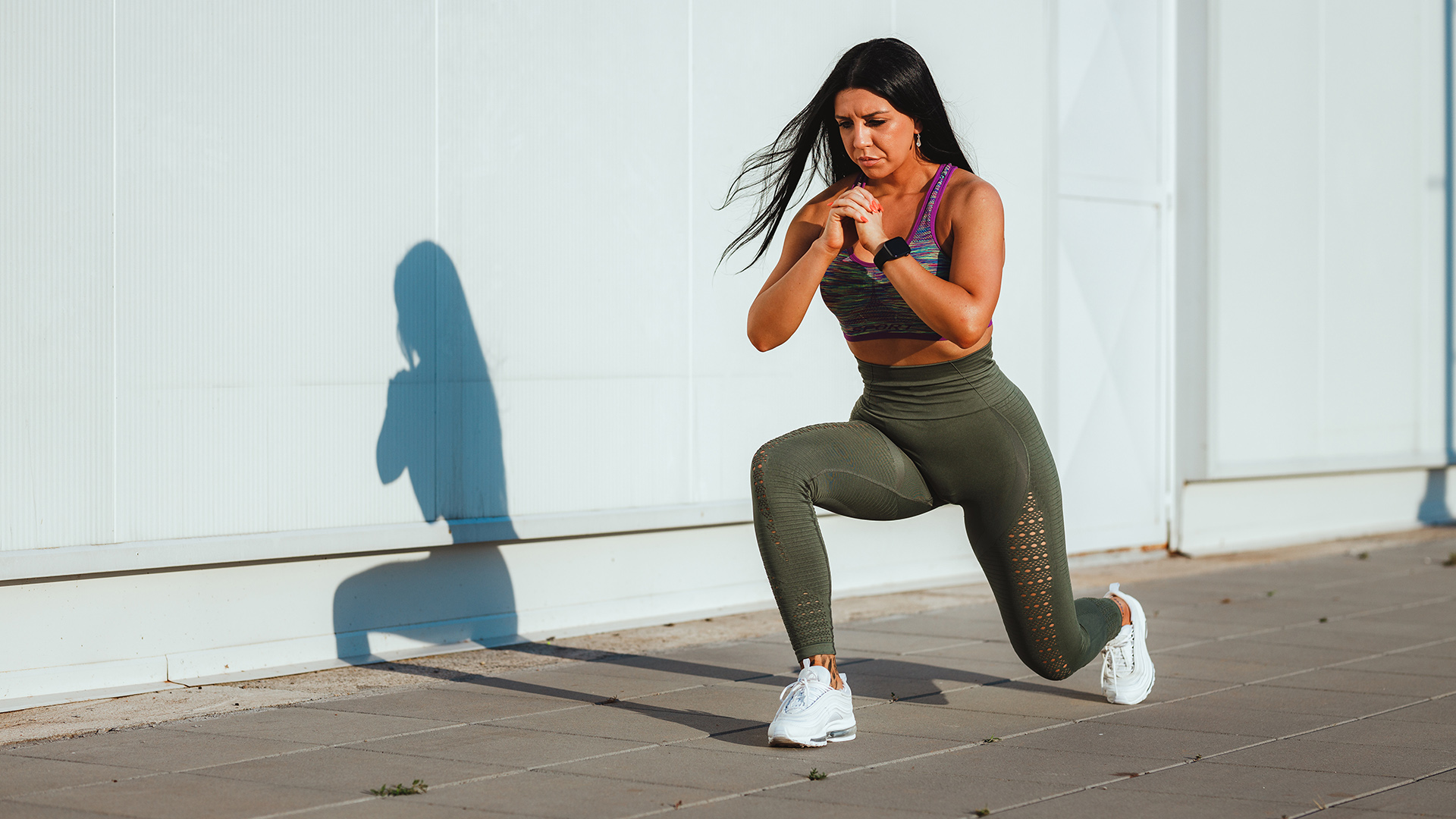
Benefits
You’ll find that the more you practice the runner's lunge, the lower you’ll get, which helps stretch and open up the hips, hip flexors, quads, hamstrings, and calves.
It will also open up the chest and shoulders, activate the core, and strengthen the stabilizing muscles in your ankles, knees, and hips. Have you ever tried balancing while twisting? It’s not easy.
You need to switch on your core and coordination to stop you from toppling over - but like everything, it gets easier the more you do it, thanks to the new neural pathways you develop along the way.
How to do it
Start in a high plank position with your hands directly under your shoulders and your feet hip-width apart.
Step forward with your right foot so it’s on the outside of your right hand, keeping your right knee aligned with your ankle.
With your left hand on the ground directly under your left shoulder, rotate your torso to the right, reaching your right arm up toward the ceiling. Look at your hand and hold for 5-10 seconds, then return to the starting position and switch sides.
Repeat five times on each side, then stand up and grab your barbell. Now you’re ready to train.
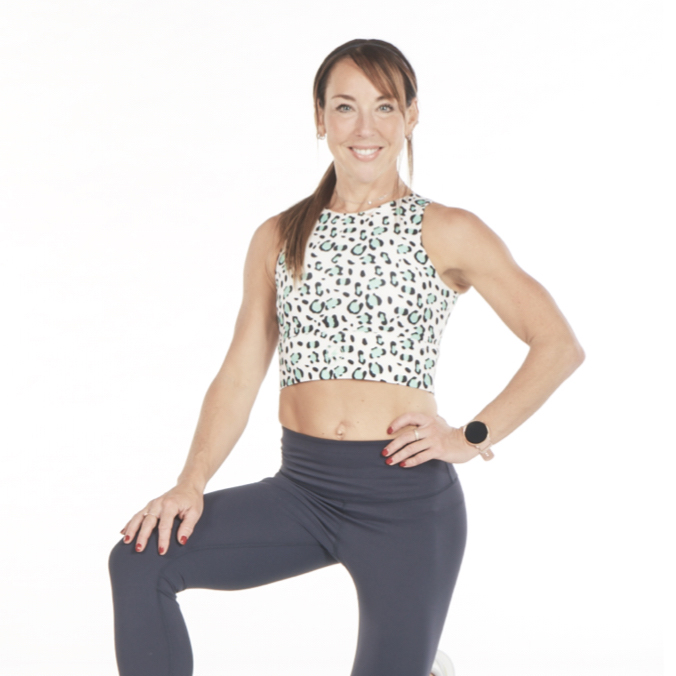
Lucy Miller is a journalist, Level 3 Personal Trainer, Nutritional Advisor and Children’s Fitness Specialist. She holds fitness qualifications from NASM Training and Premier Training International and has been a fitness journalist and fitness (and cover) model for over 20 years. Since going freelance in 2014, Lucy left Men’s Fitness Magazine to write for an abundance of top consumer titles such as Women’s Health, Women’s Fitness, Waitrose, The Times, The Guardian and Runners World.
She’s also extremely passionate when it comes to educating others about health and physical activity and loves inspiring and working with children and adults to help make fitness fun, sustainable and accessible. In her spare time, Lucy is ever the sportswoman. Once a national gymnast, having won three national titles, she has also run a handful of marathons around the world and loves to test her physical and mental side with daily running and gym sessions, not to mention ballet, bootcamp, boxing and TRX.